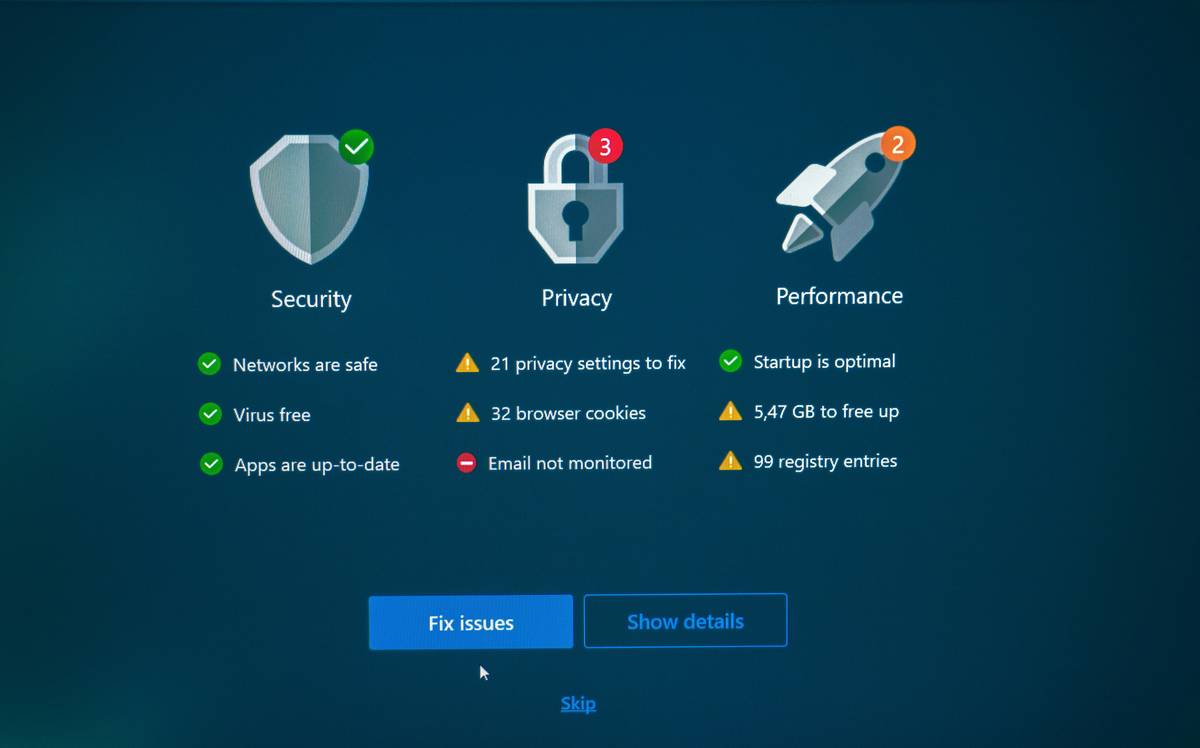Ever wondered how many of your “smart” devices are just sitting ducks for cyberattacks? Imagine this: your fridge, thermostat, and doorbell—once the epitome of convenience—are now potential gateways for hackers. Sounds like the plot of a bad sci-fi movie, right? But it’s real. And the scariest part? Most people don’t even know their IoT devices are vulnerable until it’s too late.
In this post, we’re diving deep into vulnerability scanning for IoT. You’ll learn why it’s crucial, how to do it effectively, and some brutally honest tips (yes, including one terrible idea you should absolutely avoid). Ready to secure your smart home or business? Let’s get started.
Table of Contents
- Key Takeaways
- Why Vulnerability Scanning for IoT Matters
- Step-by-Step Guide to Vulnerability Scanning for IoT
- Best Practices for Effective IoT Security
- Real-World Examples of IoT Vulnerabilities
- FAQs About Vulnerability Scanning for IoT
Key Takeaways
- Cybercriminals target IoT devices because they often lack robust security measures.
- Vulnerability scanning helps identify weak points before attackers exploit them.
- Manual scans can work, but automated tools save time and reduce human error.
- The worst advice ever? Ignoring updates on your IoT devices—it’s asking for trouble.
Why Vulnerability Scanning for IoT Matters
Here’s an uncomfortable truth: the average household has around 10 connected devices, according to recent studies. Now multiply that by millions of users worldwide. That’s billions of potential entry points for hackers. And guess what? Many of these gadgets ship with default passwords or outdated firmware because manufacturers prioritize speed over safety.
“Wait,” says Optimist You, “surely someone fixes these issues later?”
Grumpy Me responds, “Sure—if you call half-hearted software patches ‘fixing.’”
One personal fail: I once ignored an update notification on my smart camera system for weeks. Fast forward, and lo and behold, it got hacked. My dining room became live-stream fodder for strangers online. Lesson learned? Don’t let pride trump basic security hygiene.

Step-by-Step Guide to Vulnerability Scanning for IoT
Alright, enough doom and gloom. Let’s talk about solutions:
Step 1: Take Inventory of All Your Devices
First things first: list every single connected device in your network. From smart plugs to baby monitors, nothing gets left behind. Why? Because you can’t protect what you don’t know exists.
Step 2: Choose a Reliable Vulnerability Scanner
Popular tools include Nessus, OpenVAS, and Shodan. Each comes with pros and cons—some are free, others require licensing—but all aim to sniff out risks lurking in your setup.
Step 3: Run Regular Scans
Schedule scans at least quarterly—or monthly if you’re managing enterprise-level systems. Automation is king here unless you enjoy clicking buttons manually while sipping lukewarm coffee.
Step 4: Patch and Upgrade Found Issues Immediately
This step sounds obvious but trust me, procrastination kills. If a scan flags something critical, drop everything (even your latte) and patch it.

Best Practices for Effective IoT Security
- Segment Your Network: Keep IoT devices isolated from sensitive data using separate Wi-Fi networks.
- Change Default Credentials: Hackers love easy wins; change those factory passwords pronto.
- Enable Two-Factor Authentication: Extra layers make intrusions tougher.
- Monitor Traffic Anomalies: Sudden spikes in activity might signal malicious behavior.
Real-World Examples of IoT Vulnerabilities
In 2016, the infamous Mirai botnet wreaked havoc by exploiting poorly secured IoT devices. It turned cameras and routers into zombie armies used to launch DDoS attacks globally. More recently, Ring doorbells suffered breaches due to reused passwords. Lesson? Even big brands aren’t infallible.

FAQs About Vulnerability Scanning for IoT
What Is Vulnerability Scanning?
It’s the process of identifying weaknesses in devices’ software or configurations that could be exploited by attackers.
How Often Should I Scan My Devices?
At minimum, conduct scans quarterly. For high-risk environments, monthly checks are advisable.
Can I Use Free Tools for This?
Absolutely! Open-source options like OpenVAS offer powerful features without breaking the bank. Just ensure they fit your specific needs.
Conclusion
To recap, vulnerability scanning for IoT isn’t optional anymore—it’s survival. By taking inventory, choosing reliable tools, running regular scans, and adhering to best practices, you can stay ahead of threats. Remember, ignorance isn’t bliss when it comes to cybersecurity.
And hey, never forget to update your devices. Seriously, if you do nothing else, just click “Yes” next time that pesky popup appears. Your future self will thank you.
Like a Tamagotchi, your IoT security requires daily care. Neglect it, and chaos ensues. Stay safe out there!


